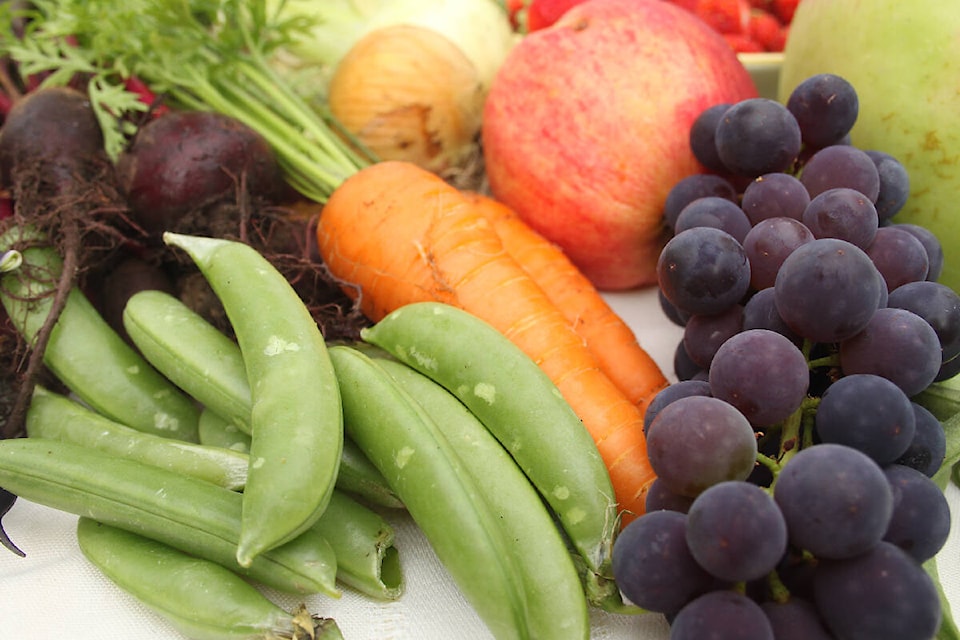It’s a paradox. At a time when some are having trouble affording good quality food as prices rise, we are also throwing away a lot of food in this country.
A recent survey commissioned by Chefs Plate in response to recent news telling us that most people don’t really understand what best before dates are found that households throw away more than $2,000 worth of food per year.
That is an astronomical number.
Only a third of Canadians don’t throw food away during a typical week.
Unsurprisingly, lettuce was the most commonly wasted food, with other veggies, fruits, bread and dairy also in the mix.
So how much of your food budget is going in the garbage, and how can you prevent that? Meal planning will save you a lot of headaches on this front. Once you know what you’re going to make for the next week, or the next few days, then go to the store and buy just what you need to make those meals.
And before you go to the grocery store or farmers market it’s also a good idea to take a look at what’s in your fridge, freezer and cupboards to make sure you’re not duplicating items you forgot you bought. While you’re at it, take an inventory of the stuff you have left over that’s in danger of going bad, and try to plan some meals to use that stuff up. Yes, that means looking all the way to the back of the refrigerator to find that cheese, tomato and couple slices of bread lurking on the shelf.
Remember that best before dates are just that, a nebulous determination of when the product is at its highest quality, not a determination of when it tips over into inedible. Older bread can be dried to become croutons, or a casserole topping. And some things may be completely fine.
If you’re going to buy larger quantities of things such as tinned and dry goods, make sure once again to keep an eye on the fact that you have them, and are eating them, rather than having them disappear into a cupboard to be cleaned out only after you die. That’s not the kind of legacy anyone wants. Who doesn’t want to save an extra $2,000 a year?
If you are growing your own food make sure you know how to preserve (harvests can be very unpredictable), or earmark extras for the food bank.
Fresh food is always welcome. Fruit trees, in particular, can produce more than a single household could ever use, and if you don’t want to harvest it yourself, contact Cowichan Green Community about their Fruit Save program.
Many of us are used to being rather thoughtless about our food, but it’s costing us in more ways than one.
-Black Press Media
Do you have a comment about this story? email:
editor@wltribune.com
Like us on Facebook and follow us on Twitter.
